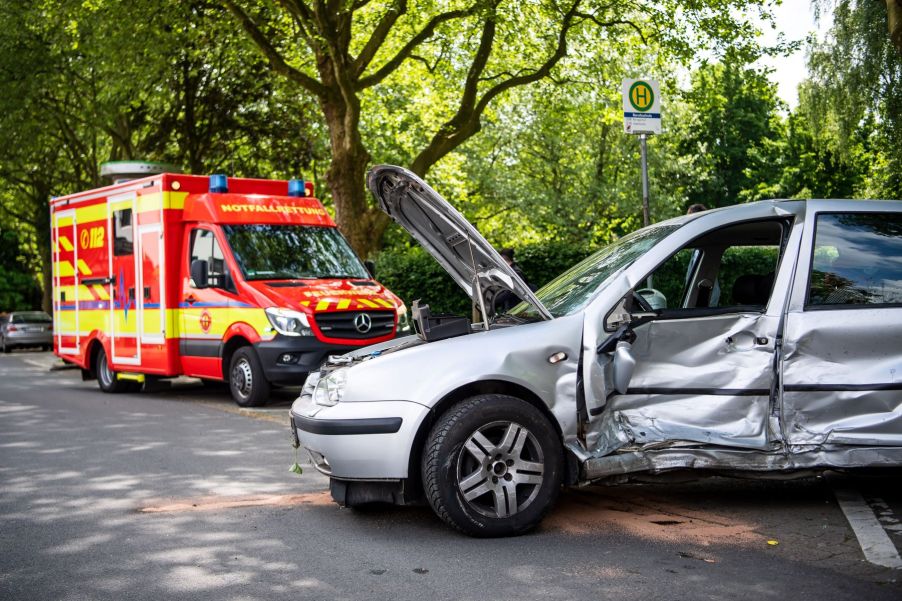
Will Your Insurance Cover an Accident if Someone Else Is Driving the Car?
Lending a car to a friend or family is not a new thing. It’s a convenient way to get someone you know from point A to point B without having to drive them yourself or paying for a ride-sharing service. However, what happens when an accident occurs while the car is being driven by someone other than the policyholder? Well, there are many car insurance myths surrounding this topic that you must debunk.
Generally speaking, most auto insurance policies cover accidents when someone else is driving the car with your permission. However, there are some instances where this may not be the case. For example, if the other driver is not listed on your insurance policy, or if they are driving your car for commercial purposes, your insurance company may deny coverage.
Why you need your auto insurance
When loaning your car to another driver, you’ll want to ensure that they have their own auto insurance policy. Even so, there are still many ways your policy can help in the event of an accident.
According to The Balance, if the other driver is at fault, your insurance will likely cover any damage to your car and medical expenses. If the other driver doesn’t have insurance, or if their insurance doesn’t cover the full extent of the damages, your policy may step in to help cover the remaining costs.
How your personal insurance covers the repairs associated with the accident
If you have auto insurance, it will likely cover the cost of repairs to your vehicle. However, if the other driver is at fault, their insurance should cover the cost of repairs as well. It’s important to know how insurance companies calculate auto insurance so you know how much they cover.
When the driver’s car insurance applies

Some states require that the driver’s specific portion of the policy covers damages beyond your own coverage. For instance, if the damages go beyond your policy limit, the borrower will cover the remaining damages. This also applies to the damages that your insurance doesn’t cover. In this case, the borrower’s insurance should also step in to help pay for those damages.
You’ll treat your own policy as the primary cover and the borrowers like a backup plan. So, their insurance will always step up to pay for damages beyond your policy.
Consider the pros and cons of lending out your car
Lending your car can be a great way to help out a friend or family member in need. If the driver is covered under the terms of your policy, then the good news is that you shouldn’t have to worry about a thing. Your insurance company will pay for the damages to your car and the injuries incurred.
However, there are some potential risks that you should be aware of before you lend your car. For example, if the driver is not listed on your policy and gets into an accident, you could be held liable for any damages.
Additionally, if the driver is not experienced or does not have a good driving record, they could end up getting into an accident that could cause serious damage to your car.
If you decide to lend your car to someone, make sure you are clear about the rules and regulations beforehand. This way, both you and the driver will be on the same page, and there will be no surprises later on.


